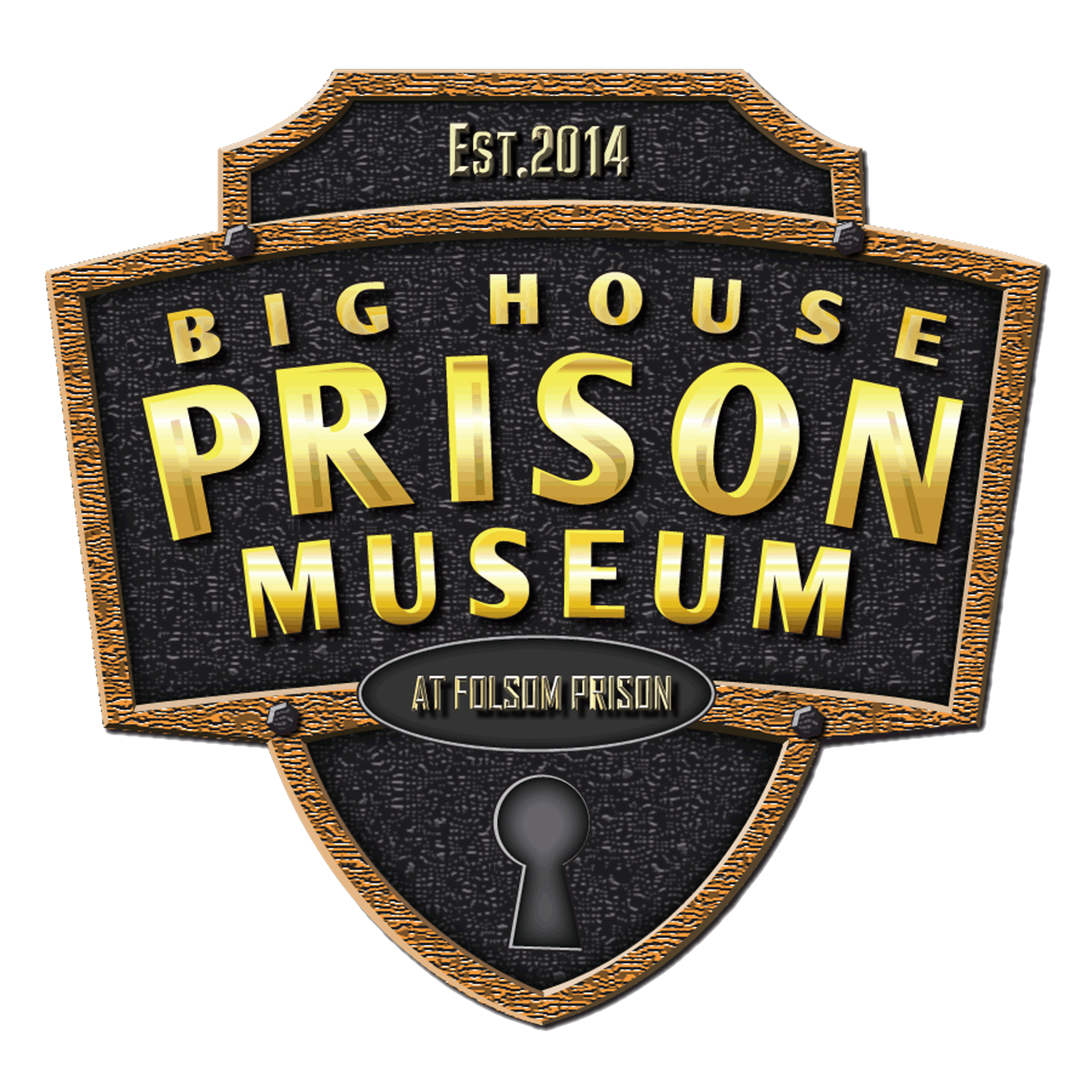THE NATIONAL BIG HOUSE PRISON MUSEUM
Building a better understanding of the Corrections profession
(916) 358-9211
DAILY PRISON LIFE
Folsom Prison History
The life of a prisoner began each morning like the morning of July 30th, 1880, with a wake up bell, which rang at 6:00 a.m.. The prisoners dressed, made their bunks and stood at their cell doors with the night buckets in hand. Trustees (these are prisoners that were trusted to do work for the Guards) ran up and down the tiers (different floor levels of the cell block) sliding back the large bolts and hasps which secured the cell doors. Once the prisoners were unlocked, they marched down to the middle of the building (now where the Unit V, Sergeant and Lieutenant’s Office area are) there was a set of solid steel doors which were hinged, in the floor that were unlocked and opened, as the prisoners filed by they dumped their night waste from the buckets (which were called slop buckets by the prisoners) into the drain tunnel. After all buckets were dumped, sacks of limestone would be thrown down in the hole and then large wooden barrels of water would be dumped in to flush the waste down to the river. They wuld take their buckets back to their cells and then march to the dining room.
Located in the Administrative Building (now Officers and Guards Building, Officers were the supervisors and the Guards were the men responsible for the handling of prisoners) they would pass through the iron door at the west end of the Old Cell Block (still called the Old Cell Block up until 1936) down the stairs to the dining room where they stood at long tables to eat their morning breakfast. Months later the dining hall was sectioned off with what was called the first table which consisted of a wooden plank, with tin plates nailed to the plank. Food was usually was beans which were ladled into the plates, no eating utensils were provided. You ate with your hands or put your face down into the plate and ate. There was no talking at this table and silence was enforced. The second table was the bull beef table, according to official documents a prisoner had to have excellent conduct and be industrious to earn the right to eat at this table. He could sit down to eat at this table but still could not talk. Boiled beef and vegetables were the fare here. The third table was the mutton chop table, this table was reserved for the Convict Straw Bosses or as they were called by the other prisoners “con bosses” (prisoners who were the bosses of other prisoners) at this table there was mutton, stewed beef, other meats and various vegetables which were in season. The con boss table had a full complement of tin dishes, a knife and fork, and talking was allowed during the meal. All tables received a vile unsweetened chicory coffee, black as tar, also served with a piece of dry coarse bread. The average cost per meal at this time was approximately 7 ½ cents a man.
Then back to the Old Cell Block and file out to work details through the north center gate (now welded shut, the new Five Count Gate was placed in operation in 1964) to various work sites around the prison. Most prisoners worked in the rock quarry. These prisoners worked 7 ½ hours without a lunch and at 2:30 p.m. marched back to their cells for lockup and standing count (prisoners stood at the front of their cell door to be counted, to verify they were still in custody). The evening meal was served after the count was clear at the prison, indicating everyone was accounted for. Lights out was enforced at 8:00 p.m., without exception.


